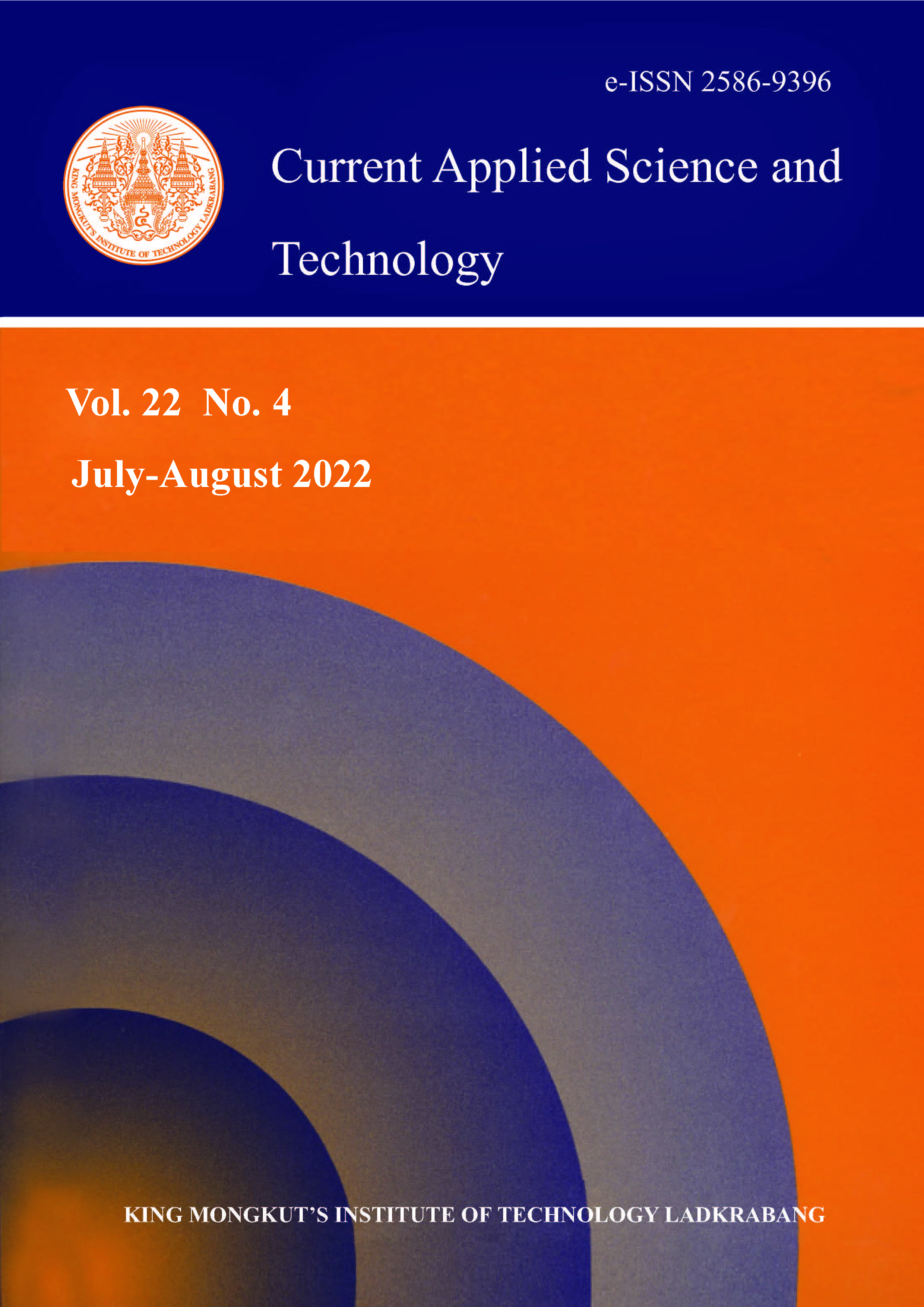The objectives of this study were to determine the optimum conditions for the extraction of whole riceberry flour, and to evaluate the effects of freeze-drying on the phenolic content and antioxidant activity of extracts during 6 weeks of storage. Response surface methodology and factorial experimental design were employed to study the effects of extraction time (10-30 s) and ethanol concentration (40-60 % v/v) on homogenizer-assisted extraction (HAE) of phenolic content and antioxidant activity. The HAE under optimum conditions (20 s and 60%) was able to extract a high phenolic content (76.4 ± 2.0 mg GAE/g dw) and antioxidant activity (88.97 ± 0.97 μmol Trolox/g dw). The accuracy and reliability of the extraction was confirmed and the optimal conditions were determined using response surface methodology and central composite rotatable design. In the case of the freeze-drying process, phenolic content and antioxidant activity decreased by 21.42 ± 0.11 and 32.16 ± 0.87% after 6 weeks storage, respectively. The regression model for the extraction of total phenolic content from riceberry flour that was developed might contribute to large-scale industrial applications aimed at obtaining the optimum extraction conditions by using homogenization methods. This study is a valuable contribution to the fields of adding value to riceberry flour and finding new sources of functional ingredients.
Keywords: antioxidative compounds; extraction; freeze-drying; homogenization; riceberry
*Corresponding author: Tel.: (+66) 991414244
E-mail: Julaluk.kh@cmu.ac.th
Khemacheewakul*, J. undefined. ., Prommajak, T. undefined. ., Leksawasdi, N. undefined. ., Techapun, C. undefined. ., Nunta, R. undefined. ., & Hanprom, N. . (2021). Homogenizer-Assisted Extraction of Antioxidative Compounds from Whole Riceberry Flour and Quality Changes After Freeze-Drying Process. CURRENT APPLIED SCIENCE AND TECHNOLOGY, DOI: 10.55003/cast.2022.04.22.003 (11 pages). https://doi.org/10.55003/cast.2022.04.22.003

